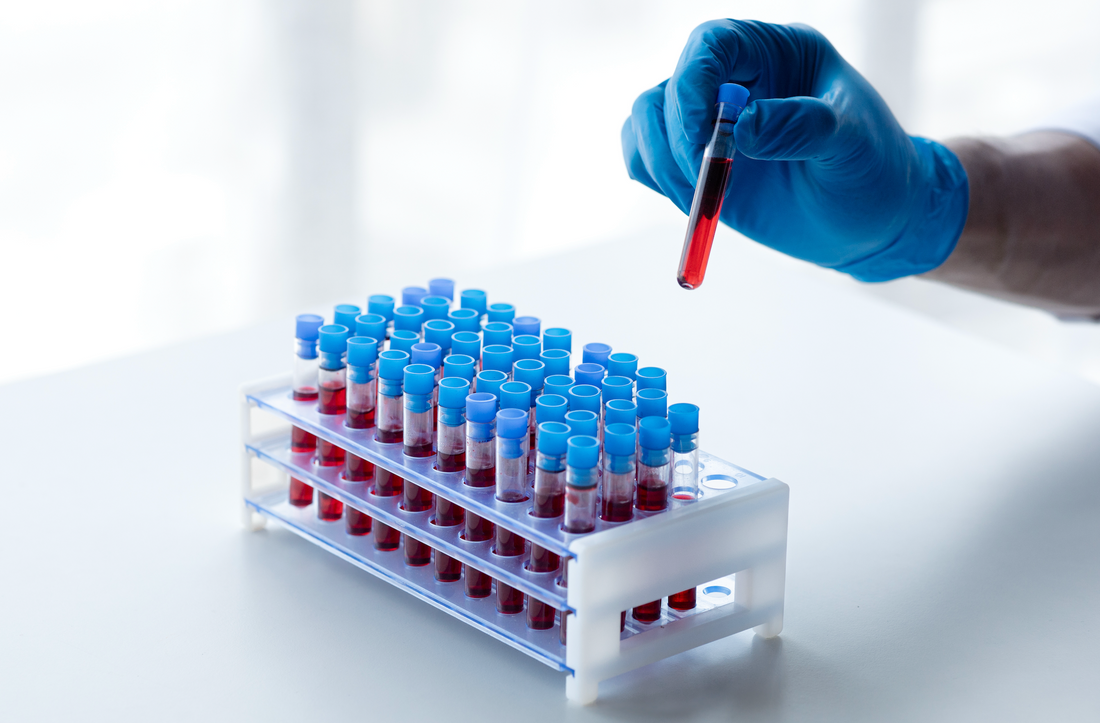
Ensuring Temperature Stability within the Cold Chain
Share
Wherever you fall within the supply chain – a diagnostic lab collecting and transporting specimens, a point-of-care device manufacturer supplying controls for diagnostics, or a reagent distributor – ensuring temperature stability during the transportation of specimens and reagents from point A to point B is a top priority. Temperature monitoring, along with other factors, is a crucial step to ensure cold chain integrity.
When specifically collecting, transporting, and processing blood samples, understanding the impact of potential temperature excursions can not only ensure specimen quality, but also build a trusting and long-lasting relationship with your vendor.
What could happen if temperature excursions occur during sample transportation?
According to the CDC, a temperature excursion is any temperature outside of the recommended range listed in the manufacturers’ package.
What does this mean for your samples? When blood samples experience temperature excursions, it highly impacts the accuracy of the test results and the success of biomedical studies.
What are the common impacts of temperature excursions during specimen transportation?
- In-Vitro Hemolysis
Hemolysis accounts for 40-70% of all rejected specimens for both outpatient and inpatient samples and is used to describe the destruction of red blood cells.
In-vitro hemolysis occurs due to pre-analytical factors, including exposure to extreme temperatures, sample mishandling, and prolonged storage.
- Skewed Test Results
When diagnostic labs collect samples for diagnosis and prognosis purposes, ensuring the quality of the specimen is crucial for obtaining accurate results. Temperature excursions can lead to altered analyte levels. When these levels are altered, it may lead to dilution or potential increases in analyte concentrations, which can skew test results.
- Delay in Medical Care
When temperature excursions are evident in the process of transporting blood samples, laboratories may need to repeat tests due to compromised specimens. In cases where immediate medical attention is required, delays in receiving accurate test results can lead to prolonged suffering or inadequate medical interventions.
The Role of Temperature-Controlled Packaging Companies within the Cold Chain
Companies involved in the cold chain assist in compliance with the Current Good Manufacturing Practice (CGMP) regulations by ensuring the samples remain within the required temperature range during transportation.
Labs are responsible for analyzing blood specimens and promptly providing accurate test results. They rely on healthcare facilities to collect and properly handle the specimens before sending them for testing.
Temperature-controlled packaging companies, however, are instrumental in providing pre-validated packaging solutions to safeguard the integrity of blood specimens during transportation.
How do you ensure sample protection with your medical courier company?
With the need for a reliable cold chain, effective collaboration between key stakeholders is crucial to ensure the success of transportation of blood specimens at stable temperatures.
Laboratories, healthcare facilities, and medical courier companies play essential roles in the process, and close cooperation among them is vital to maintain the quality of blood specimens.
PCM Packs: Your Trusted Cold Chain Packaging Company
Multiple laboratories, healthcare facilities, specimen collection kit manufacturers, distributors, and medical courier companies utilize savENRG® PCM Packs for reliable temperature control of samples.
Explore the exceptional benefits of our Phase Change Material (PCM) technology and how they can elevate your sample protection.
When shipping blood samples, it is important to maintain specimens within a controlled room temperature (CRT) range of 25˚C to 15˚C (77˚CF to 59˚F) during transit from the point of collection to a diagnostic laboratory.
Our savENRG® Ambient Packs for shipping blood samples within CRT range are crafted using a water-based phase change material (PCM) and undergo rigorous testing to ensure consistent stability over multiple uses and thousands of cycles.
How long do Ambient Packs last?
Explore our product range at https://pcmpacks.com/ and experience the transformative power of PCM technology. Elevate your research, diagnostics, and healthcare practice with PCM Packs by entrusting us as your source for your cold chain solutions.
